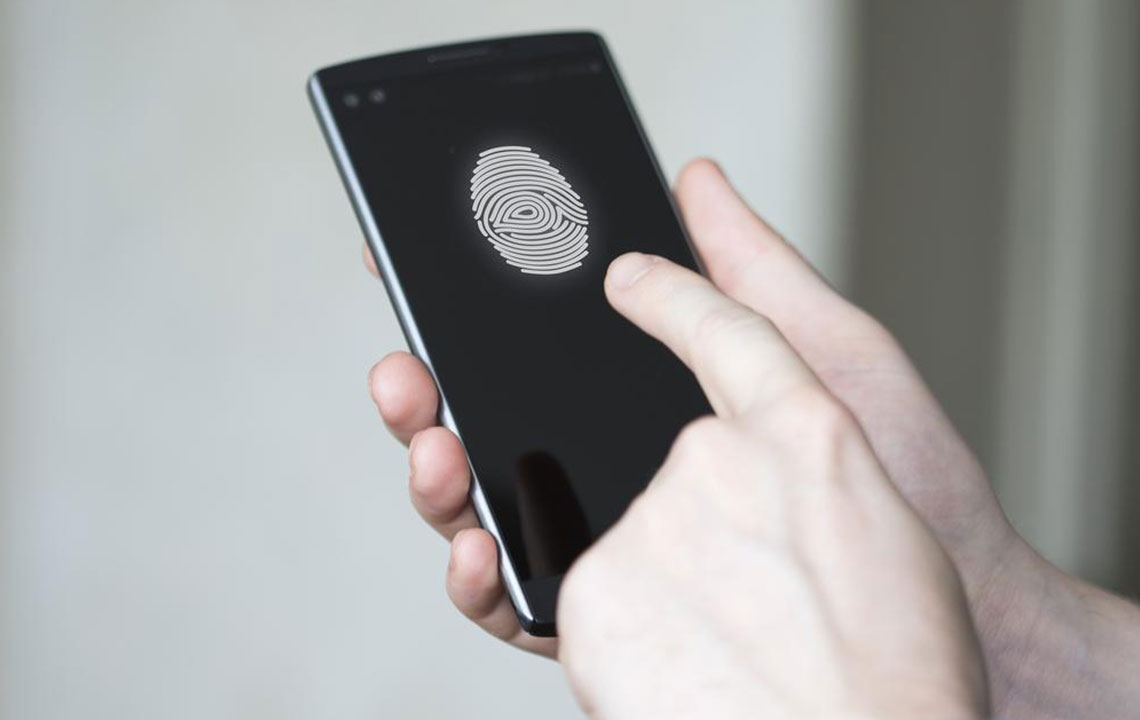Comprehensive Guide to Affordable and Reliable Mobile Phones in 2024
This extensive guide explores how to select affordable yet reliable mobile phones that deliver exceptional value and durability. Covering the evolution of mobile technology, types of phones, key features, operating systems, and carrier considerations, it helps consumers make informed decisions in a competitive market. Perfect for budget-conscious buyers aiming for quality devices, this article offers practical tips to choose smartphones or feature phones tailored to their needs, ensuring a smart investment in digital mobility in 2024.

How to Find Budget-Friendly and Durable Mobile Phones for Everyday Use
In today’s rapidly evolving technological landscape, mobile phones have become indispensable tools that cater to a myriad of needs—from communication and entertainment to productivity and social networking. However, with the plethora of options available, choosing a device that balances affordability, durability, and functionality can be a daunting task. This comprehensive guide aims to help consumers navigate the crowded market by providing insights into selecting quality mobile phones that won’t break the bank.
The Historical Development of Mobile Phones: From Heavy Devices to Smart Powerhouses
The journey of mobile phones began in the early 1970s with the pioneering work of engineers like John F. Mitchell and Martin Cooper at Motorola. The first handheld mobile phone was introduced in 1973, weighing approximately 4.4 pounds and primarily used for experimental purposes. It wasn’t until 1979 that Japan launched its first cellular network, marking the beginning of widespread mobile adoption. Subsequently, the launch of the Dynatac 800X in the early 1980s made mobile communication more accessible, albeit still expensive and bulky. Over the decades, mobile technology advanced exponentially, resulting in the global proliferation of mobile subscriptions surpassing 7 billion by 2014. This surge spurred fierce competition among manufacturers to produce cost-effective, feature-rich devices that appeal to a diverse consumer base.
Mastering the Art of Choosing an affordable yet high-quality Mobile Phone
Understanding Different Types of Mobile Phones
Mobile phones fall into three broad categories based on functionality: basic phones, feature phones, and smartphones. Basic phones are the simplest, offering essential functions such as calling and texting. They are ideal for users seeking a straightforward device with long battery life and minimal features. Feature phones introduce additional capabilities like camera functionality, internet access, Bluetooth connectivity, and limited multimedia options, serving users who desire more features without the complexity or cost of smartphones. Today’s smartphones are powerful computing devices that support a wide range of applications, internet browsing, high-quality cameras, and multimedia entertainment, making them suitable for all-in-one digital lifestyles. When selecting among these, consider your primary needs and usage habits to identify the best fit for your budget.
Evaluating Key Features for Quality and Affordability
In the past, low-cost phones often meant compromised quality and limited functionalities. Currently, the market offers a variety of affordable devices boasting impressive specifications. Assess your priorities by deciding on essential features such as camera quality, display size, processing power, battery life, and storage capacity. For example, if photography is important to you, prioritize phones with high-resolution cameras. If long battery life is crucial, look for models with larger batteries and efficient processors. Understanding your usage patterns helps narrow down options, ensuring you select a durable device that meets your needs without overspending.
Choosing the Right Operating System
The operating system (OS) significantly influences user experience and app availability. The dominant OS choices include Android, iOS, Windows, and BlackBerry OS. Android, developed by Google, offers a broad range of devices across various price points and customization options. iOS, exclusive to Apple devices, provides a seamless, user-friendly experience with access to a curated app store. Windows OS caters to users who prefer Microsoft’s ecosystem, while BlackBerry OS appeals to business users with secure communication features. Consider your familiarity with these systems and your preferred user experience when choosing an OS. Compatibility with your existing devices and apps is also vital for a smooth transition.
Select Your Wireless Provider Carefully
Your choice of network carrier impacts the range of devices available to you and the quality of service. Reliable network coverage ensures fewer dropped calls and faster data speeds, enhancing overall usability. Before purchasing a new phone, research local carriers to identify those with the most dependable coverage in your area. Many providers also offer installment plans or discounts on devices, making higher-quality phones more accessible within your budget. Compatibility with your chosen network (whether GSM, CDMA, or LTE) is crucial to avoid connectivity issues. Comparing plans and customer reviews can help you make an informed decision that balances cost and service quality.
In conclusion, selecting an affordable, durable mobile phone in today’s vibrant market requires careful research and consideration of your personal needs. By understanding the different phone types, key features, operating systems, and carrier options, you can find a device that combines affordability with longevity and performance. Remember that a well-chosen mobile phone not only fits your budget but also enhances your daily digital experience, making it a worthwhile investment for years to come.





